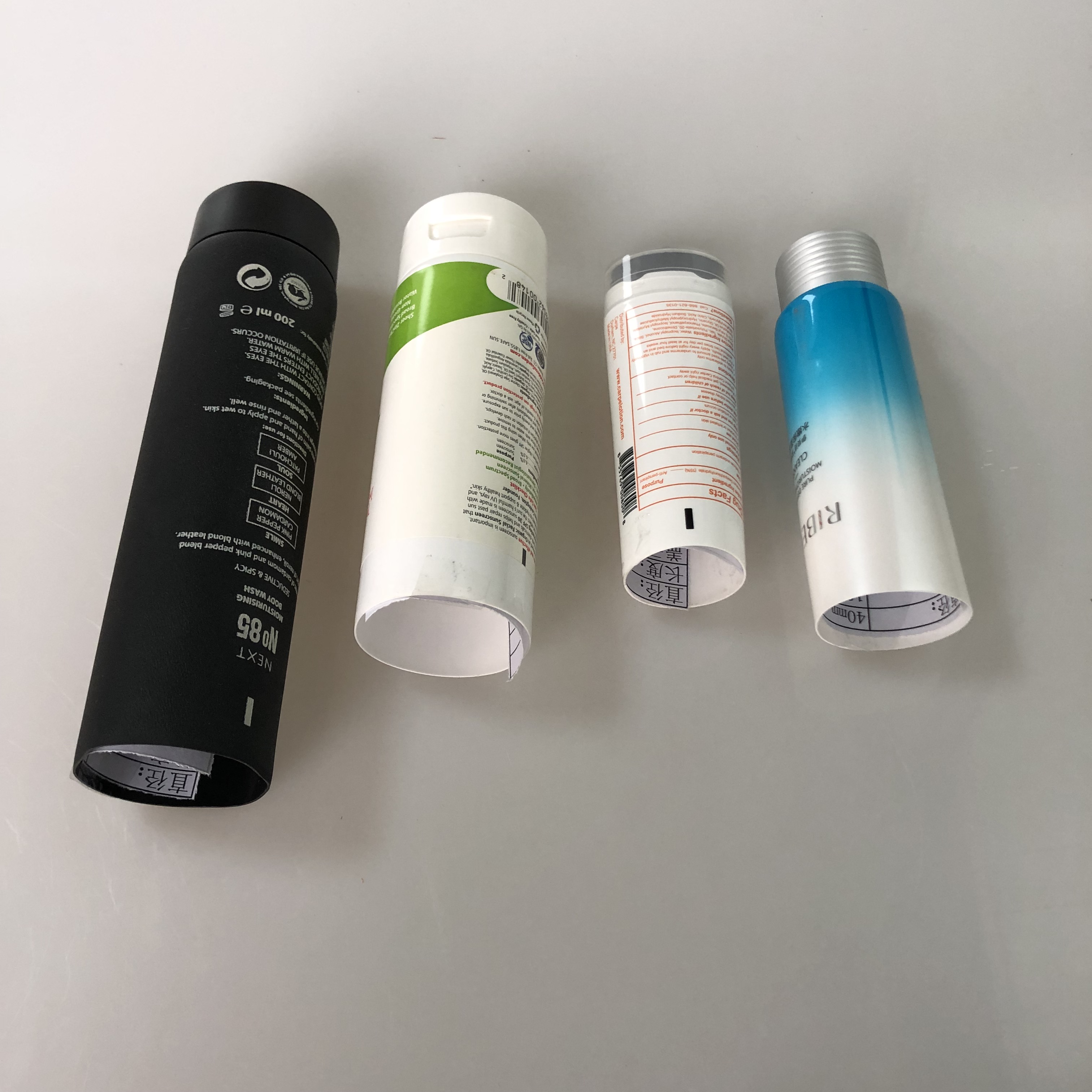Has technology penetrated into every corner of life and can it help plants grow faster and more efficiently? Researchers at Iowa State University (ISU) in the United States gave a positive answer. They developed a small graphene “plant tattoo sensor†that can be stuck on the leaves of corn plants and used to collect information about plant growth, such as how long it takes after watering the roots to the leaves. Farmers and agriculturists provide information on how to grow crops more efficiently with water. To create high-performance and cost-effective sensors, the research team of Iowa State University proposed a process to form small circular dents on polymer blocks through 3D printing or more traditional mold-molding techniques. Liquid graphene fills the dents and causes them to settle. After the graphene solidified into the indented shape, the engineer placed a tape along the row of indentations and pulled it out along with the graphene sensor attached to the adhesive surface. The thickness of the sensor itself may be as small as five millionths of a meter, which means that it needs to stack 20 to reach the same width as human hair. Researchers at Iowa State University have developed a “plant tattoo sensor†that can directly and directly measure crop water use The sensor used in the corn crop, as shown in the figure, is made of graphene oxide, which reacts with water vapor and reacts clearly. The United States Department of Agriculture (USDA) and the Agriculture and Food Research Program (AFRI) have recently invested nearly half a million dollars to fund further research on the rate of water transport in corn plants. Iowa State University’s research team members also Therefore, the subsidy can further commercialize this water sensor technology. “The most exciting application we have tested so far is the plant sensor. The concept of using a wearable electronic sensor for plants is completely new,†said Liang Dong, assistant professor of electronics and computer engineering at Iowa State University. The sensor is very small, so it can be used to detect the transpiration of plants (transpiration; refers to the loss of water from the surface of plants), but it does not affect plant growth or crop production.†Dong and his team believe that sensors can also be modified, To detect the presence or absence of disease in plants, or to measure the degree of pesticide chemical penetration. Perhaps this kind of sensor can also be used for the collection process on some larger objects. Can the same sensor be used to track the temperature and humidity of each orange, pear, or banana? Once placed on the shelf, can consumers use their smartphones to determine the quality level, origin, and other information of these plants? Perhaps some days later, the selling price will increase. However, agriculture is just one of the areas where this technology can be applied. In a paper published in the December issue of Advanced Materials Technologies, researchers stated that sensors can be used for a variety of purposes, such as collecting hospital patient medical diagnostic information or testing the structural integrity of buildings or bridges. One day, as long as there is a surface on which adhesive tape can be attached, this technology can be used to monitor any object. The future does not seem far away.
PE tube with disc and flip cap is a good packaging solution for the cream. The PE layer can be adjusted with different color, including Silk Screen Printing. For PE Soft Tube, we use 5 layers technical to get protection on inside ingredient. And there are also many caps for client choosing. If the client has different size, we can design and build molds for client.
Plastic Tube End Caps,Pe Tube With Cap,Square Tubing Caps,Plastic Caps For Tubing DongGuan LongTen package Products Co. Ltd , https://www.longtenpack.com
Wearable graphene sensors measure crop water consumption